Donald H. Perkins0521621968, 9780521621960
Table of contents :
Front cover……Page 1
Abstract……Page 2
Title page……Page 3
Date-line……Page 4
Contents……Page 5
Preface……Page 11
1.1 Preamble……Page 15
1.2 The Standard Model of particle physics……Page 21
1.3 Particle classification: fermions and bosons……Page 26
1.4 Particles and antiparticles……Page 27
1.5 Free particle wave equations……Page 30
1.6 Helicity states: helicity conservation……Page 33
1.7 Lepton flavours……Page 34
1.8 Quark flavours……Page 36
1.9 The cosmic connection……Page 40
Problems……Page 47
2.1 Classical and quantum pictures of interactions……Page 49
2.2 The Yukawa theory of quantum exchange……Page 50
2.3 The boson propagator……Page 51
2.4 Feynman diagrams……Page 52
2.5 Electromagnetic interactions……Page 54
2.6 Renormalisation and gauge invariance……Page 56
2.7 Strong interactions……Page 57
2.8 Weak and electroweak interactions……Page 60
2.10 The interaction cross-section……Page 65
2.11 Decays and resonances……Page 69
Problems……Page 75
3.1 Translation and rotation operators……Page 77
3.2 The parity operation……Page 79
3.3 Pion spin and parity……Page 80
3.4 Parity of particles and antiparticles……Page 83
3.5 Tests of parity conservation……Page 86
3.6 Charge conjugation invariance……Page 87
3.7 Charge conservation and gauge invariance……Page 89
3.8 Baryon and lepton conservation……Page 93
3.10 $CP$ violation and $T$ violation……Page 95
3.11 Neutron electric dipole moment……Page 97
3.12 Isospin symmetry……Page 101
3.13 Isospin in the two-nucleon and pion-nucleon systems……Page 102
3.14 Isospin, strangeness and hypercharge……Page 105
Problems……Page 107
4.1 Charm and beauty; the heavy quarkonium states……Page 109
4.2 Comparison of quarkonium and positronium levels……Page 116
4.3 The baryon decuplet……Page 123
4.4 Quark spin and colour……Page 128
4.5 The baryon octet……Page 129
4.6 Quark-antiquark combinations: the light pseudoscalar mesons……Page 132
4.7 The light vector mesons……Page 135
4.8 Other tests of the quark model……Page 137
4.9 Mass relations and hyperfine interactions……Page 140
4.10 Electromagnetic mass differences and isospin symmetry……Page 143
4.11 Magnetic moments of baryons……Page 144
4.12 Mesons built of light and heavy quarks……Page 146
4.13 The top quark……Page 148
Problems……Page 153
5.1 The process $e^+e^- to mu^+mu^-$……Page 154
5.2 $e^+e^-$ annihilation to hadrons……Page 158
5.3 Electron-muon scattering, $e^-mu^+ to e^-mu^+$……Page 161
5.4 Neutrino-electron scattering, $nu_e e to nu_e e……Page 164
5.5 Elastic lepton-nucleon scattering……Page 168
5.6 Deep inelastic scattering and partons……Page 170
5.7 Deep inelastic scattering and quarks……Page 173
5.8 Experimental results on quark distributions in the nucleon……Page 176
5.9 Sum rules……Page 180
Problems……Page 182
6.1 The colour quantum number……Page 185
6.2 The QCD potential at short distances……Page 186
6.3 The QCD potential at large distances: the string model……Page 192
6.4 Gluon jets in $e^+e^-$ annihilation……Page 194
6.5 Running couplings in QED and QCD……Page 195
6.6 Evolution of structure functions in deep inelastic scattering……Page 200
6.7 Gluonium and the quark-gluon plasma……Page 204
Problems……Page 206
7.1 Classification……Page 208
7.2 Lepton universality……Page 209
7.3 Nuclear $beta$-decay: Fermi theory……Page 211
7.4 Inverse $beta$-decay: neutrino interactions……Page 215
7.5 Parity nonconservation in $beta$-decay……Page 216
7.6 Helicity of the neutrino……Page 219
7.7 The $V$-$A$ interaction……Page 220
7.8 Conservation of weak currents……Page 223
7.10 Pion and muon decay……Page 224
7.11 Neutral weak currents……Page 227
7.12 Observation of $W^pm$ and $Z^0$ bosons in $pbar{p}$ collisions……Page 229
7.13 $Z^0$ production at $e^+e^-$ colliders……Page 234
7.14 Weak decays of quarks. The GIM model and the CKM matrix……Page 235
7.15 Neutral $K$ mesons……Page 240
7.16 $CP$ violation in the neutral kaon system……Page 246
7.17 Cosmological $CP$ violation……Page 251
7.18 $D^0-bar{D}^0$ and $B^0-bar{B}^0$ mixing……Page 252
Problems……Page 253
8.1 Introduction……Page 256
8.2 Divergences in the weak interactions……Page 257
8.3 Introduction of neutral currents……Page 259
8.4 The Weinberg-Salam model……Page 260
8.5 Intermediate boson masses……Page 262
8.6 Electroweak couplings of leptons and quarks……Page 263
8.7 Neutrino scattering via $Z$ exchange……Page 264
8.8 Asymmetries in the scattering of polarised electrons by deuterons……Page 267
8.9 Observations on the $Z$ resonance……Page 269
8.10 Fits to the Standard Model and radiative corrections……Page 274
8.11 $W$ pair production……Page 276
8.12 Spontaneous symmetry breaking and the Higgs mechanism……Page 277
8.13 Higgs production and detection……Page 285
Problems……Page 288
9 Physics beyond the Standard Model……Page 290
9.1 Supersymmetry……Page 291
9.2 Grand unified theories: the SU(5) GUT……Page 292
9.3 Unification energy and weak mixing angle……Page 294
9.5 Proton decay……Page 296
9.6 Neutrino mass: Dirac and Majorana neutrinos……Page 298
9.7 Neutrino oscillations……Page 301
9.8 Magnetic monopoles……Page 313
9.9 Superstrings……Page 314
Problems……Page 315
10.1 Hubble’s law and the expanding universe……Page 317
10.2 Friedmann equation……Page 318
10.3 Cosmic microwave radiation: the hot Big Bang……Page 321
10.4 Radiation and matter eras……Page 325
10.5 Nucleosynthesis in the Big Bang……Page 327
10.6 Baryon-antibaryon asymmetry……Page 331
10.7 Dark matter……Page 333
10.8 Inflation……Page 340
10.9 Neutrino astronomy: SN 1987A……Page 344
Problems……Page 350
11.1 Accelerators……Page 352
11.2 Colliding-beam accelerators……Page 357
11.4 Secondary particle separators……Page 360
11.5 Interaction of charged particles and radiation with matter……Page 363
11.6 Detectors of single charged particles……Page 369
11.7 Shower detectors and calorimeters……Page 382
Problems……Page 389
Appendix A Table of elementary particles……Page 391
Appendix B Milestones in particle physics……Page 393
Appendix C Clebsch-Gordan coefficients and $d$-functions……Page 400
Appendix D Spherical harmonics, $d$-functions and Clebsch-Gordan coefficients……Page 407
Appendix E Relativistic normalisation of cross-sections and decay rates……Page 410
Glossary……Page 412
Answers to problems……Page 422
Bibliography……Page 426
References……Page 432
Index……Page 435
Author……Page 441
Back cover……Page 442
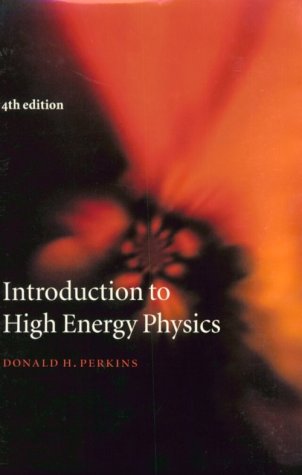

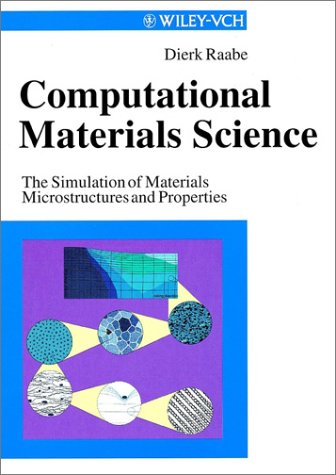
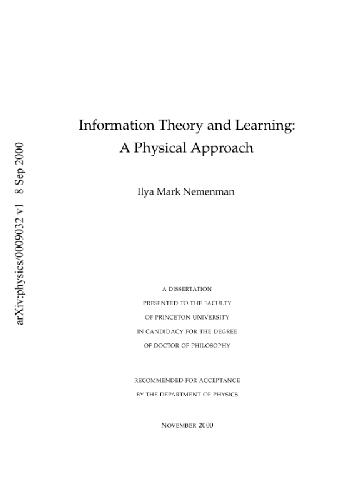
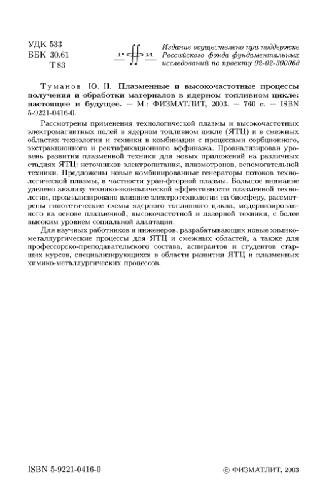
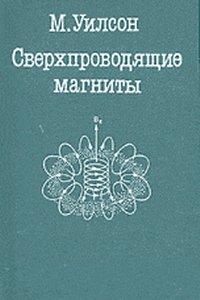

Reviews
There are no reviews yet.